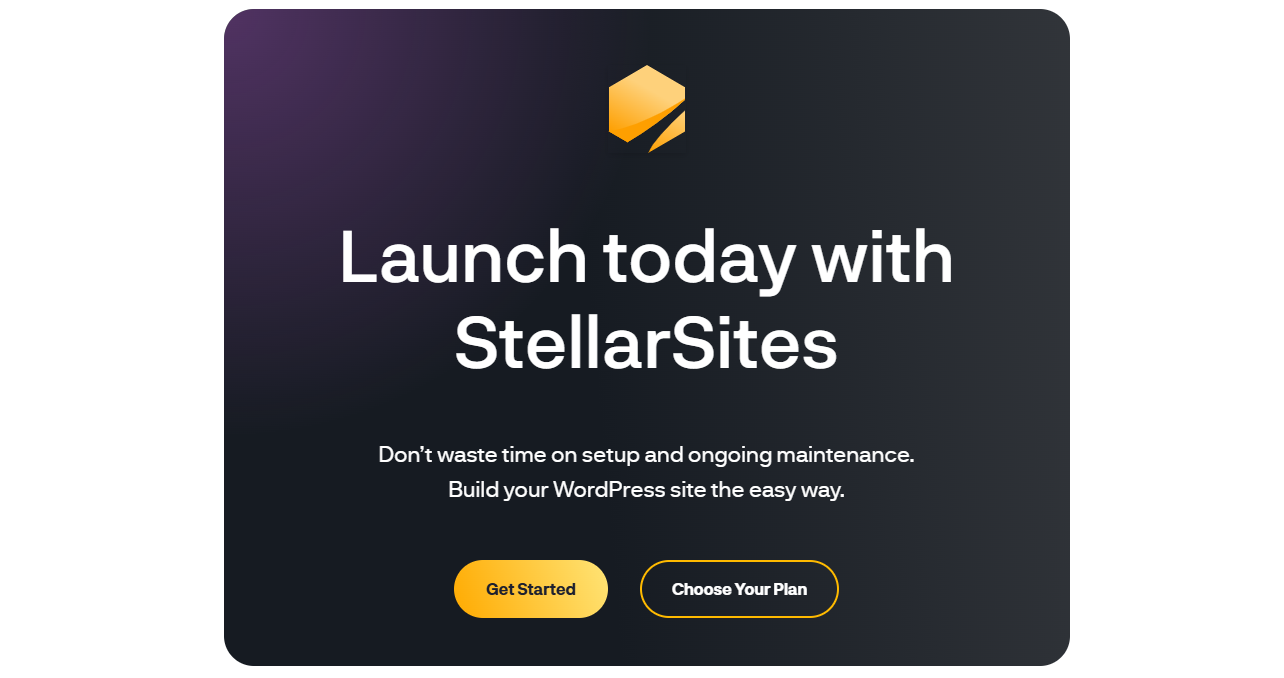Disclosure: We’re reader-supported. When you buy through links on our site, we may earn an affiliate commission at no extra cost to you. For more information, see our Disclosure page. Thanks.
Contents
Byte & Beak Talk Hosting #60: How to Move from One Hosting Provider to Another Without Downtime
Beak thinks he needs a moving truck. Byte makes it seamless.
🎬 Scene Opener – Beak’s Big Move
[Setting: The Byte & Beak Treehouse. Beak is surrounded by boxes labeled “Important Stuff” and “Don’t Touch” as he tries to figure out how to move his website to a new hosting provider. Byte walks in, holding a cup of coffee.]
🦉 Beak:
“Byte, I’m ready to move to a new host! I packed my site, backed up my data, and I even hired a digital moving truck. Look at all this space! Wait… do I need to hire movers for the server?”
👨💻 Byte:
“Beak, you don’t need a moving truck. You need a plan. Moving web hosting is like changing clothes, not packing a mansion.”
🦉 Beak:
“Well, I packed the servers into these boxes…”
👨💻 Byte:
“Stop. You don’t need actual boxes. But you do need to do it right, or else, like your last plugin update, it’ll be a total mess.”
🔄 What Is Website Migration?
Website migration is the process of transferring your website from one hosting provider to another. Sounds simple, right? But it’s much more than just copying files from one server to another.
You’re dealing with databases, settings, configurations, and DNS records — it’s like moving to a new home without leaving your furniture behind… and without making your visitors wait.
When is it time to move?
You might need a move if:
🦸♂️ Your current host isn’t cutting it anymore (performance is slow, they’re unreliable, or their customer support is a nightmare).
💸 You need more affordable pricing (but not too affordable… we want quality!).
⚡ You need more powerful hosting features (like scalable resources or better security).
🚫 You’re just tired of your host’s drama (They blocked your emails? Or worse — your site is down during peak traffic hours again).
👨💻 Byte:
“Changing hosts can be a lifesaver. It’s like getting an upgrade from a rowboat to a yacht. But only if you do it right.”
🦉 Beak:
“Okay, but how do we avoid the Titanic scenario?”
💡 Why It Matters – The Risks of Migrating Without a Plan
Let’s be real — if you’re not careful, moving can be a nightmare. Here’s why a smooth migration is essential:
💥 Downtime – Without proper planning, your site could experience downtime, causing a loss of visitors and sales.
💀 Broken Links & Missing Files – If things aren’t transferred correctly, you could end up with broken pages, images that don’t load, and 404 errors.
🔐 Data Loss – If you don’t back everything up properly, some of your data could disappear, leaving your site in a less-than-optimal state.
🔒 Security Risks – An improper transfer could expose vulnerabilities, especially if sensitive data isn’t handled correctly during the migration.
⚠️ SEO Ranking Drops – If your migration doesn’t go smoothly, your SEO rankings could plummet, costing you hard-earned traffic.
👨💻 Byte:
“Think of migrating like moving apartments. If you lose your wardrobe, your plants, and the Wi-Fi router in the process, you’re not getting the best deal.”
🦉 Beak:
“Noted. But do I need bubble wrap for my site?”
📋 Byte’s Hosting Checklist: How to Migrate Without Drama
Before moving, let’s make sure you’ve got all your essentials covered. Here’s Byte’s checklist for a smooth hosting migration:
✅ Choose a reliable hosting provider – Choose a host that specializes in migrations, like AccuWeb Hosting. They offer free migration services with minimal downtime!
✅ Backup EVERYTHING – Before making any moves, back up every file, database, and configuration. Make sure to have at least two copies in different places.
✅ Check Email Settings – Ensure that your email accounts are moved over seamlessly and your domain’s DNS settings are updated.
✅ Test the New Host – Set up a temporary test environment on your new host and test everything before the actual migration.
✅ Prepare for DNS Propagation – DNS updates can take up to 48 hours to propagate globally, so your site may not be immediately available after moving.
✅ Use a Migration Plugin or Service – Many hosts, like Unihost, provide free migration assistance. Or, use tools like All-in-One WP Migration or Duplicator for WordPress.
👨💻 Byte:
“A good host like Verpex will handle the migration for you. With some hosts, you barely have to lift a finger — other than to push a button.”
🦉 Beak:
“Sounds too easy to be true. But I’ll take the button-pushing option.”
🧳 How to Migrate Your Website — Step-by-Step
Let’s get into the nitty-gritty. Here’s how to move your site without drama:
- Backup Your Website
Use a backup plugin or do it manually via FTP and phpMyAdmin. Make sure you have copies of everything — from files to databases. - Choose a New Host
Don’t just jump ship to any provider. Pick one that offers easy migration. Hosts like AccuWeb Hosting make it painless, so you don’t have to manually mess with files and databases. - Prepare Your New Hosting Account
Set up your new hosting account, install WordPress (if you’re moving a WordPress site), and configure the basics. - Transfer Files & Database
Use FTP to transfer your website files or use a migration plugin like All-in-One WP Migration. Upload your database via phpMyAdmin or use an automatic tool from the hosting provider. - Update DNS Settings
Update your domain’s DNS settings to point to the new host. This can take some time (up to 48 hours), so be prepared for the transition. - Test, Test, Test
Once your site is live on the new host, test every link, image, and function to ensure it’s all working smoothly. - Cleanup
Once everything’s in place, delete any temporary files or test accounts. Clean up your old hosting account to avoid paying for unnecessary services.
👨💻 Byte’s Migration Pro Tip:
Don’t forget to test your website on the new host before updating the DNS records. The last thing you want is to push changes that break your site after switching over.
🦉 Beak:
“Okay, this doesn’t sound too scary. Just gotta check all my boxes.”
🧠 Byte’s Takeaways
If you want your migration to be as smooth as possible, here’s what you need to keep in mind:
✅ Pick a host that offers free migration services (like AccuWeb Hosting).
✅ Don’t skip the backup — EVER. You can’t predict the future, and a good backup could save your site.
✅ Use a staging site to test everything before updating the DNS.
✅ Be patient with DNS propagation — it might take a little time for everything to go live.
✅ Test thoroughly before, during, and after the migration.
✅ Know your migration tools — use a plugin or let your new host do the heavy lifting.
👨💻 Byte’s Hosting Pick:
Looking for the best host for a stress-free migration? Unihost has excellent customer support and smooth migration features. They make transferring your site feel like a breeze.
🦉 Beak’s Final Hoot
“Moving doesn’t sound as terrifying as I thought! But can we get a new server bed for my site? Something plush, but functional?”
👨💻 Byte:
“A ‘plush’ server would overheat your site, Beak. But let’s talk about making your website cozy — once we’re done with the migration.”
➡️ Next Up:
Byte & Beak Talk Hosting #61 – What Is SSL and How Does It Protect Your Website?
Beak tries to make his site “secure,” but ends up turning it into a cryptic mess. Byte explains the magic behind SSL certificates and how they keep everything safe.




